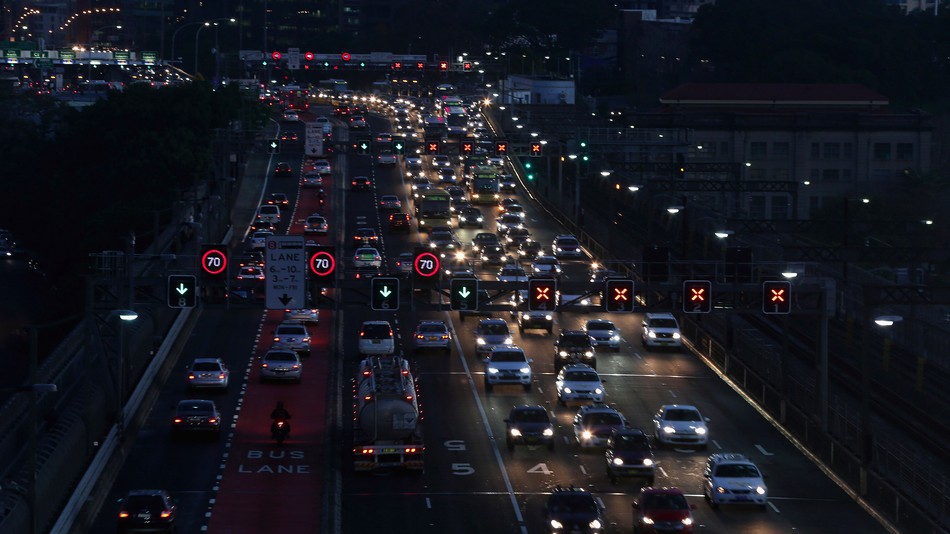The ebb and flow of a city may feel entirely unique, but it turns out there are universal laws that may govern the chaos of your commute.
A team from the Senseable City Lab at the Massachusetts Institute of Technology have created what they call a law of “shareability.” Using inputs like traffic speed and urban density, they think they can predict the potential for ride-sharing in any city.
And no, not Uber’s version of ride-sharing — basically a glorified taxi service — but actual car trips shared between strangers.
The leader of the lab, Carlo Ratti, said the research began when they examined how many trips could be shared in New York. In other words, how many rides from Harlem to Soho could take place in the same car without too much delay.
At the time, they found buddying up in this manner would reduce the number of taxis in New York by 40 percent.
Of course, this type of sharing is what services like UberPOOL aim to do, and the ride-hailing giant helped fund a follow-up study.
In Sydney to speak at the CityTalks Design panel series, Ratti said the team discovered “something like a universal law of shareability.” Analysing New York, San Francisco, Singapore and Vienna to create the formula, they published their findings in Nature in March. They then applied the formula to other cities.
The key parameters are speed of traffic (if cars can move fast, you can share more), the density of trips and the size of the city. “If the city is very spread out, if there is a lot of sprawl, then it is more difficult to share,” he explained.
This last factor may explain why Sydney and Melbourne rank so low on the “shareability” scale — last and second last, respectively. (New York and Barcelona tied for first.)
Sydney’s sprawling geography is a barrier, but also the fact there’s significant employment that’s generated outside the central business areas, prompting many disparate trips.
“That’s why it may be different from Europe or environments in America — we just don’t have that same density,” he explained. “There’s little chance for lots of trips to overlap.”
Ratti admitted taste and tradition mattered to shareability, but in his view, young people are increasingly open to the idea. The formula is useful to companies or governments looking to launch ride-sharing services or carpooling systems, he suggested.
From : mashable.com

















Leave a Reply